Introduction
Crispy shrimp rolls, often referred to as “spring rolls” or “fresh rolls” in some cuisines, are a beloved appetizer or main dish that combines the delicate sweetness of shrimp with the satisfying crunch of a golden-brown exterior. Originating from Southeast Asian culinary traditions, these rolls have gained global popularity for their balance of flavors, textures, and versatility. Whether served as a party snack, a restaurant-quality starter, or a homemade dinner centerpiece, mastering the art of making crispy shrimp rolls can elevate your cooking repertoire. This comprehensive guide will walk you through every step of the process, from selecting the finest ingredients to achieving that coveted crackle with every bite.
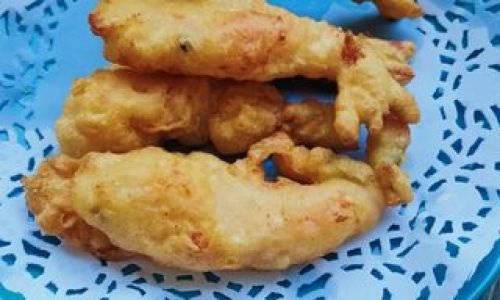
A Brief History of Shrimp Rolls
Shrimp rolls trace their roots to Vietnamese, Thai, and Chinese street food cultures, where vendors perfected the technique of wrapping fillings in rice paper or wheat-based wrappers. Over time, the dish evolved, incorporating regional ingredients and cooking methods. In Vietnam, gỏi cuốn (fresh spring rolls) are light and refreshing, while their fried counterparts, chả giò, offer a crispy contrast. Similarly, Chinese egg rolls and Thai po pia tod showcase how this dish adapts to local tastes. Today, crispy shrimp rolls are a staple in fusion kitchens worldwide, blending tradition with innovation.
Ingredients: Building the Perfect Roll
The success of your shrimp rolls hinges on the quality and balance of your ingredients. Here’s a breakdown of what you’ll need:
- Shrimp (1 lb / 450g): Opt for medium to large shrimp, peeled and deveined. Fresh or frozen (thawed) shrimp work equally well.
- Wrappers (12–15 sheets): Rice paper wrappers (for a lighter texture) or spring roll pastry (for a flakier crust). Spring roll wrappers, made from wheat flour, are ideal for achieving maximum crispiness.
- Vegetables:
- Carrots (1 cup, julienned)
- Cabbage (1 cup, shredded)
- Bean sprouts (1 cup, rinsed)
- Bell peppers (½ cup, thinly sliced) – optional for sweetness
- Mushrooms (½ cup, minced) – optional for umami depth
- Aromatics:
- Garlic (3 cloves, minced)
- Ginger (1 tbsp, grated)
- Green onions (¼ cup, chopped)
- Seasonings:
- Fish sauce (2 tbsp)
- Soy sauce (1 tbsp)
- Oyster sauce (1 tbsp)
- Sugar (1 tsp)
- White pepper (½ tsp)
- Binders:
- Egg (1, beaten) – for sealing the rolls
- Cornstarch (1 tbsp) – mixed with water to thicken the filling
- Oil for Frying: Use a neutral oil with a high smoke point, such as vegetable, canola, or peanut oil.
Tools and Equipment
- Deep fryer or large, heavy-bottomed pot
- Tongs or slotted spoon
- Paper towels (for draining excess oil)
- Sharp knife and cutting board
- Mixing bowls
- Pastry brush (for applying egg wash)
Preparing the Shrimp Filling
-
Prepping the Shrimp:
- Rinse the shrimp under cold water and pat dry.
- For texture variation, you can chop half the shrimp into small pieces and leave the rest whole for bursts of tenderness.
- Marinate the shrimp in a mixture of 1 tbsp fish sauce, ½ tbsp soy sauce, and ½ tsp sugar for 15 minutes.
-
Sautéing the Aromatics:
- Heat 1 tbsp of oil in a pan over medium heat.
- Add garlic and ginger, stirring until fragrant (30 seconds).
- Toss in the shrimp and cook until pink and opaque (2–3 minutes). Remove from heat and set aside.
-
Vegetable Preparation:
- Julienne the carrots and bell peppers into matchstick-sized pieces.
- Shred the cabbage and mushrooms finely.
- Sauté the vegetables in a separate pan with 1 tbsp of oil until slightly softened (2–3 minutes). This step removes excess moisture, preventing soggy rolls.
-
Combining the Filling:
- In a large mixing bowl, combine the cooked shrimp, vegetables, green onions, and remaining seasonings (1 tbsp fish sauce, ½ tbsp soy sauce, 1 tbsp oyster sauce, ½ tsp white pepper).
- Mix gently to avoid bruising the shrimp.
- Thicken the mixture with a cornstarch slurry (1 tbsp cornstarch + 2 tbsp water) to ensure the filling holds together during frying.
Wrapping Technique: The Key to Crispiness
-
Preparing the Wrappers:
- If using rice paper, soak each sheet in warm water for 10–15 seconds until pliable.
- For spring roll wrappers, follow the package instructions (usually a quick dip in water or a damp cloth).
-
Assembling the Rolls:
- Lay a wrapper on a clean, damp cloth or cutting board.
- Place 2–3 tbsp of filling near the bottom edge, leaving 1 inch of space on all sides.
- Fold the bottom edge over the filling, then fold in the sides like an envelope.
- Roll tightly toward the top, sealing with a dab of egg wash if needed.
Pro Tip: Overstuffing the rolls can cause them to burst during frying. Aim for a compact, cylindrical shape.

Frying for Maximum Crisp
-
Oil Temperature:
- Heat the oil to 350–375°F (175–190°C). Use a thermometer for accuracy.
- If frying in a pot, fill it no more than halfway to prevent overflow.
-
Frying Process:
- Gently lower 3–4 rolls into the oil using tongs. Avoid overcrowding, which lowers the oil temperature and results in greasy rolls.
- Fry for 3–4 minutes, turning occasionally, until golden brown.
- Remove and drain on paper towels.
Achieving the Perfect Crunch: Expert Tips
- Double-Frying Method: For ultra-crispy rolls, fry them once at 325°F (163°C) for 2 minutes, then increase the heat to 375°F (190°C) and fry again for 1–2 minutes.
- Cornstarch Dusting: Lightly dust the rolled shrimp rolls with cornstarch before frying to absorb excess moisture.
- Resting Time: Let the filled rolls rest for 10 minutes before frying to firm up the wrapper.
Common Mistakes to Avoid
- Soggy Wrappers: Ensure vegetables are thoroughly drained and shrimp are fully cooked before wrapping.
- Uneven Cooking: Maintain consistent oil temperature and flip rolls frequently.
- Tough Wrappers: Over-soaking rice paper leads to gummy textures. Soak just until pliable.
Serving Suggestions
- Dipping Sauces: Pair with sweet chili sauce, nuoc cham (Vietnamese dipping sauce), or a peanut hoisin blend.
- Garnishes: Sprinkle with fresh cilantro, mint, or crushed peanuts.
- Side Dishes: Serve alongside pickled vegetables, jasmine rice, or a light cucumber salad.
Variations and Customization
- Vegetarian Option: Replace shrimp with tofu or textured vegetable protein (TVP). Add shredded jicama or water chestnuts for crunch.
- Spicy Kick: Incorporate minced chili peppers or a dash of sriracha into the filling.
- Gluten-Free: Use rice paper wrappers and tamari instead of soy sauce.
Storage and Reheating
- Refrigeration: Store uncooked rolls in an airtight container for up to 24 hours. Fried rolls can be kept in the fridge for 2 days but will lose crispness.
- Reheating: For best results, reheat in a preheated 400°F (200°C) oven for 5–7 minutes. Avoid microwaving, as it softens the wrapper.
Conclusion
Crispy shrimp rolls are a testament to the harmony of flavors and textures that define Asian cuisine. By mastering the nuances of ingredient selection, wrapping technique, and frying precision, you can recreate restaurant-quality rolls in your own kitchen. Whether hosting a dinner party or craving a comforting meal, these rolls are sure to impress. Experiment with fillings, sauces, and presentations to make this dish uniquely yours. With practice, you’ll find that achieving the perfect crunch is not just a culinary skill—it’s an art form.
Final Thoughts
The joy of biting into a freshly fried shrimp roll, with its symphony of sweet shrimp, crisp vegetables, and shattering wrapper, is unparalleled. This recipe invites you to embrace tradition while adding your personal touch. So, gather your ingredients, roll up your sleeves, and let the sizzle of the fryer be your guide to crispy perfection. Bon appétit!
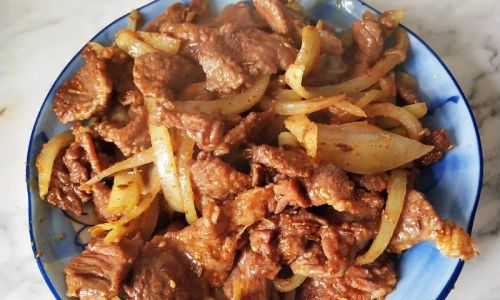

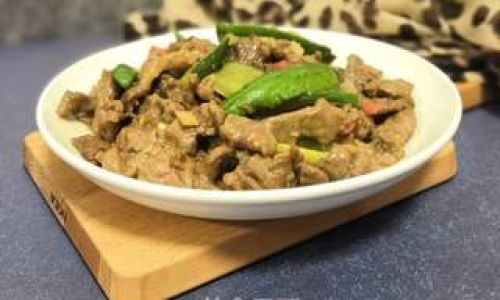
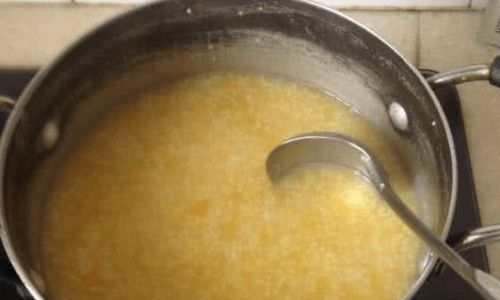
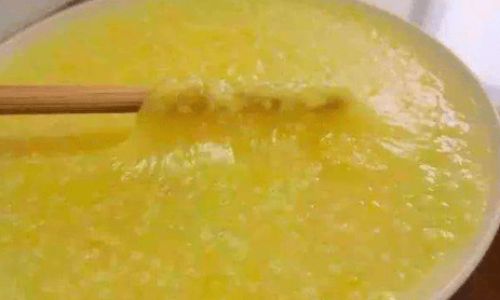

0 comments